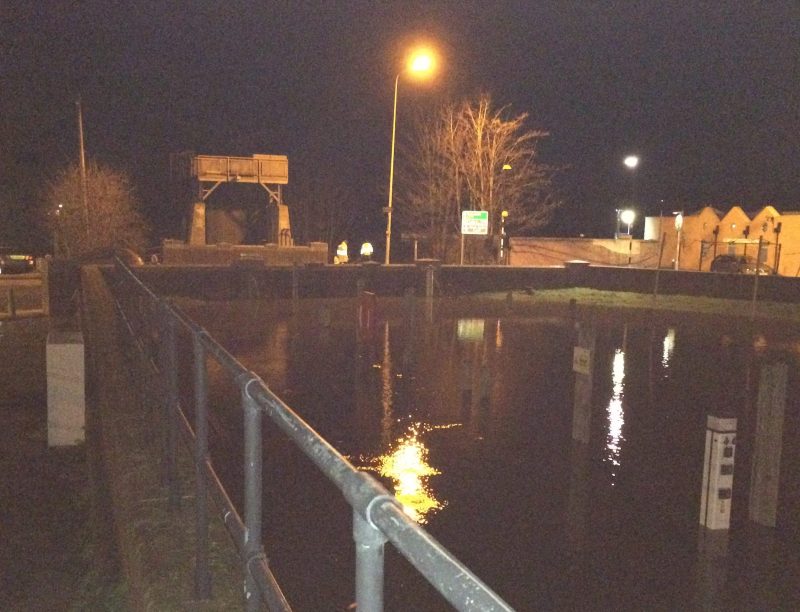After a year of intense politics with Brexit, the pandemic and some freak weather events, what will 2021 bring? Well one thing for sure is that we can expect to hear a good deal about climate change.
In November 2021 (delayed from 2020 because of the pandemic) the UK will host in Glasgow, the next Conference of Parties (COP) 26 which is the United Nations (UN) conference for all those countries that signed the United Nations Framework Convention on Climate Change (UNFCCC) in 1994.
Although COPs are supposed to drive progress on measures to handle global climate change, earlier meetings have often not hit the mark. After the last (COP 25), the UN Secretary General said: “I am disappointed with the results. The international community lost an important opportunity to show increased ambition on mitigation, adaptation and finance to tackle the climate crisis.
“But we must not give up, and I will not give up. I am more determined than ever to work for 2020 (now 2021) to be the year in which all countries commit to do what science tells us is necessary to reach carbon neutrality in 2050 and a no more than 1.5-degree temperature rise.”
Heatwaves, droughts and wild fires along with melting ice
The UN has recently stated: “by 2030, the world needs to cut the combined emissions of the top six carbon-producing countries to have a reasonable chance of staying below the 1.5C.” It went on to list a range of pressing climate change issues:
– 2016-2020 likely to be the hottest five year period on record;
– Despite Covid-19, greenhouse gases are at a high level;
– Arctic sea ice is shrinking (possibly close to tipping point);
– Global sea levels are rising faster than previously recorded, threatening coastal populations;
– Typhoons hitting China, Japan, Korea and the Philippines have been 50% more frequent in the last 40 years;
– Droughts, heat-waves, with the increasing the risk of wildfires are on the increase.

To reinforce the importance of COP 26, 2020 was the year in which all countries were asked to submit their new long-term goals. COP 26 will have to finish the work that COP 25 was unable able to conclude, such as the rules for a carbon market between countries and the implementation of the agreements made in 2015 in Paris, to reduce emissions.
And what is the UK doing?
Importantly, COP 26 will be an opportunity for the UK to demonstrate what it is doing to reduce climate change. Because of Covid-19 and Brexit the Government has been somewhat distracted from getting to grips with the importance and the complexity of climate change. Even the selection of the UK’s chair has been contentious. Originally it was to be Claire O’Neill, but she has been replaced by the Business Secretary (Alok Sharma) who already has his hands full with Covid-19 and Brexit related issues..
Therefore, in Glasgow, there will be significant pressure on the UK to make progress. Some 30,000 delegates will be expected along with a huge number of Non Government Organisations and other activists. COP 26 will involve persuading other countries to ratchet up their ambition and importantly:
– to commit to achieve net-zero carbon emissions by 2050 (Note 1). This target must be accompanied by action in every sector. Covid-19 makes this challenging.
– to make progress in alliance with both the EU and the USA. Post Brexit however, relations with the EU are now strained. With President-elect Biden, relations with the USA could be better, but the precise relationship is as yet unclear.
A challenge for the marketplace
– to achieve meaningful agreements will take every lever of UK government to make it happen, particularly as public and private partnerships will be required to support a raft of measures.
– the former Governor of the Bank of England, Mark Carney, is now the special UN envoy charged with ensuring proper regulation of financial and corporate institutions around climate risk.
He has argued in the recent Reith lectures that “the market can be redirected to alleviating climate change”.
So, what does all this mean for Rye? Some impacts have been covered in earlier pieces in Rye News.
Sea level rise could be the major issue here
However, considering all the likely impacts of climate change, probably the most significant for Rye is the expectation of more frequent extreme rainfall events and the long term forecast for sea level rise (dependent on the rate of emissions this could be around one metre by 2100). This will mean more water around Rye and increasing risks from all sources: river, sea, ground, springs and, without higher investment by Southern Water, more sewage spillage after extreme rainfall.
As a member of the Southern Region Flood and Coastal Committee (SRFCC), I know the work under way, across the many agencies involved, to plan and implement improved flood defences to cope with the increasing risks. However none of my colleagues denies the challenge of the shortening lead time and high demand for resources.
Note 1: In June 2019, Parliament passed legislation requiring the government to reduce the UK’s net emissions of greenhouse gases by 100% relative to 1990 levels by 2050. To do so would make the UK a “net zero” emitter.
Image Credits: Britainy Rae .




New US climate envoy John Kerry said (27 Jan) November’s Glasgow summit “is the last best chance the world has to come together… to avoid the worst consequences of the climate crisis”.